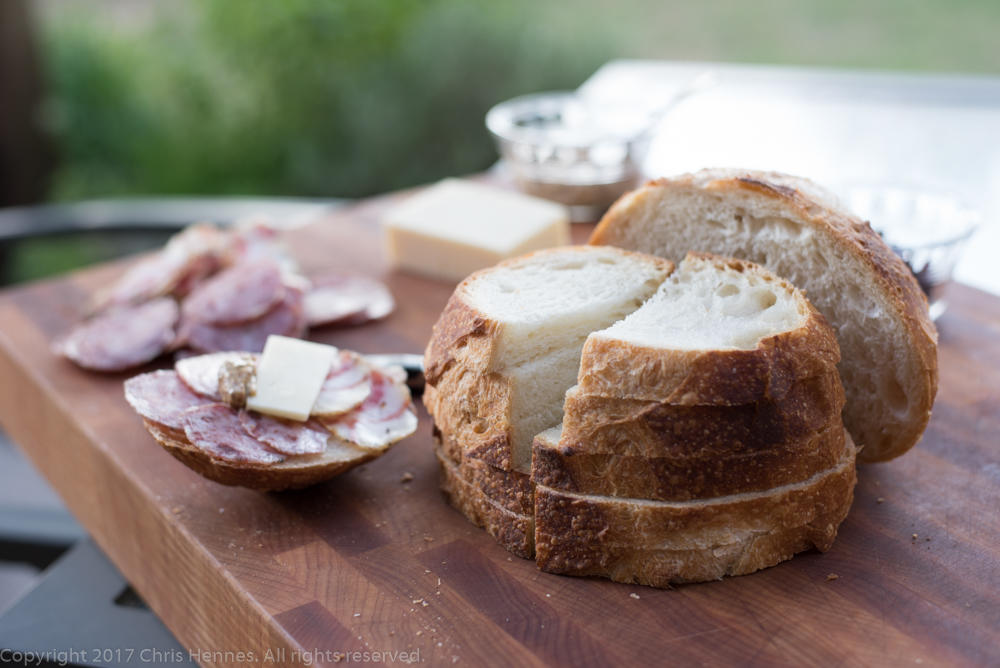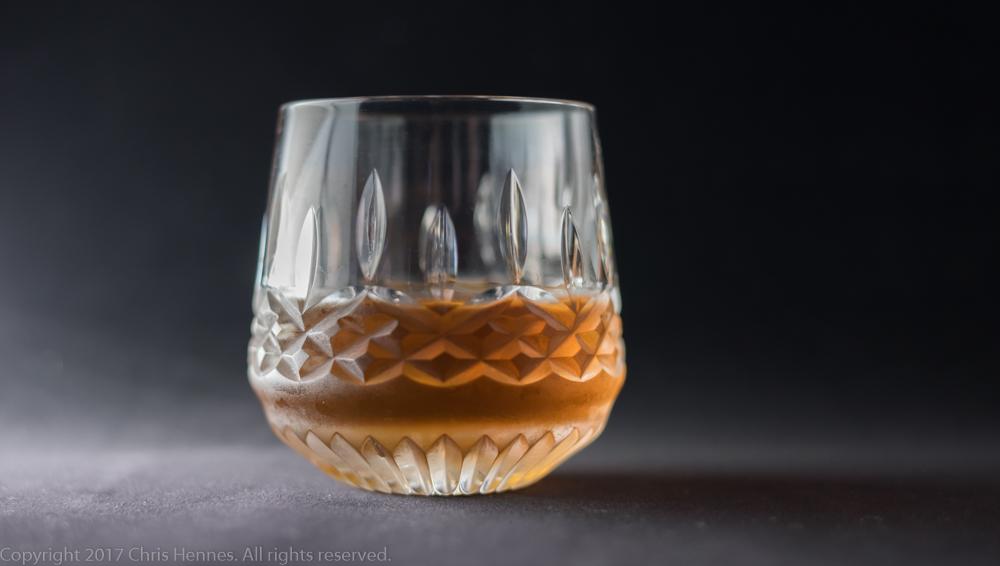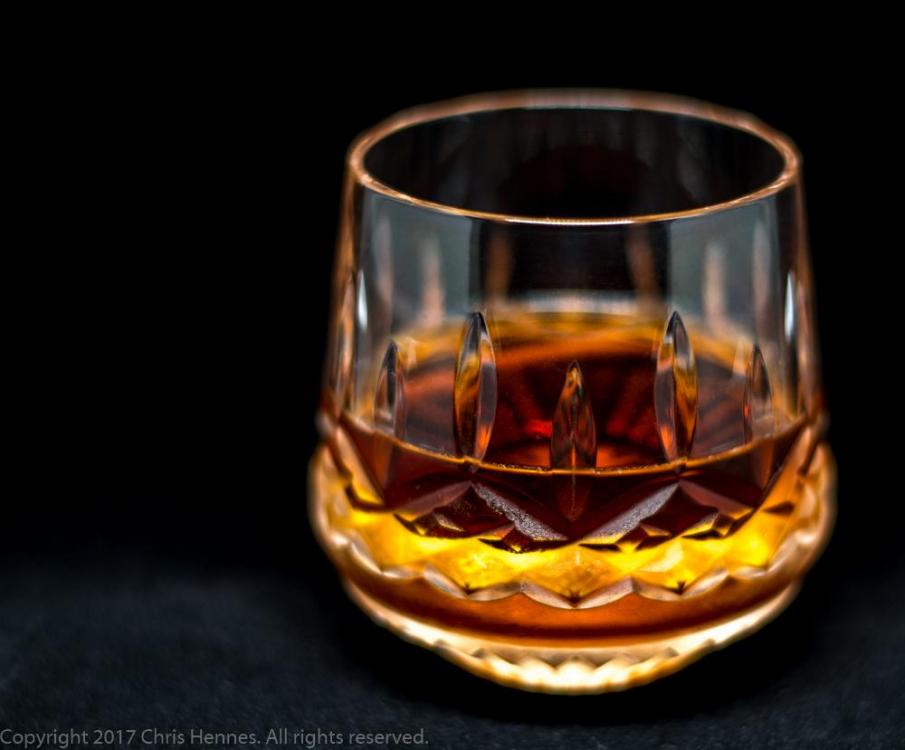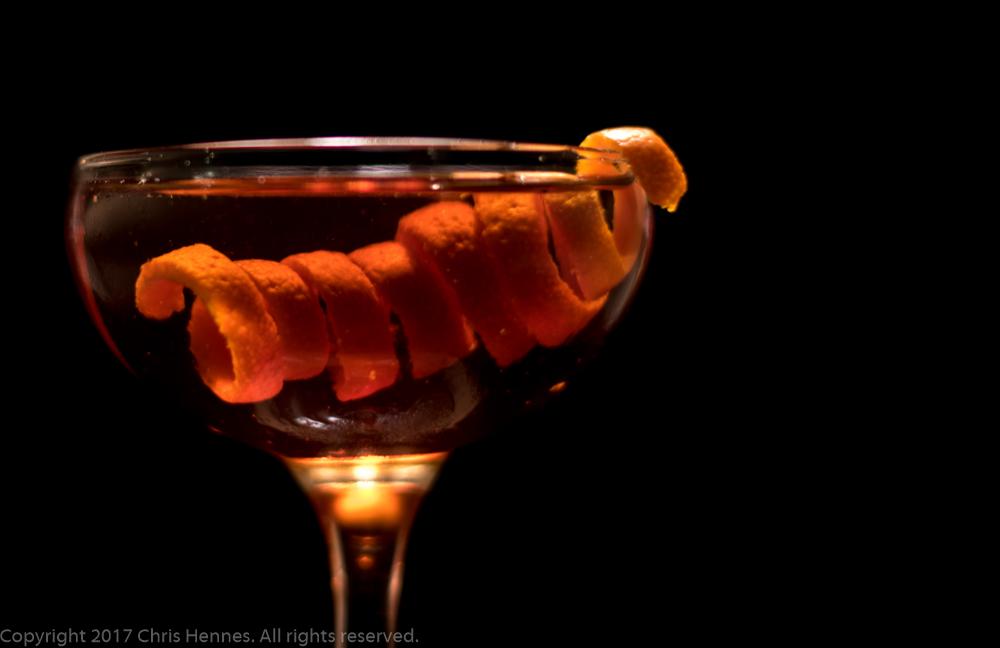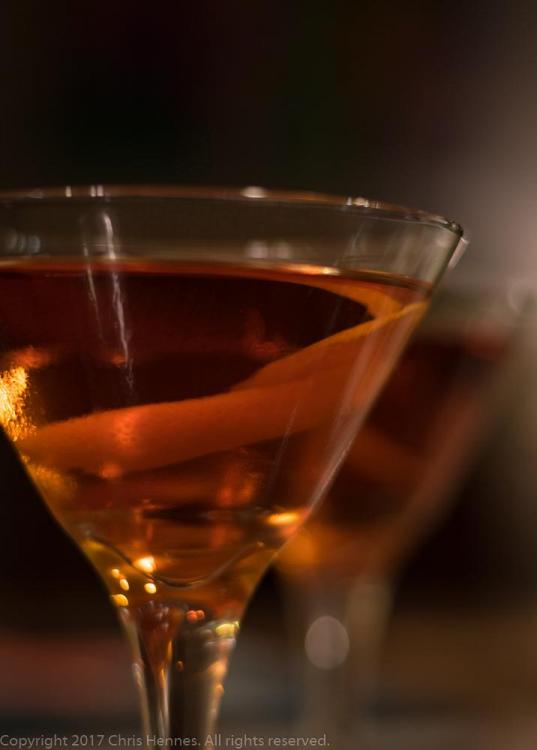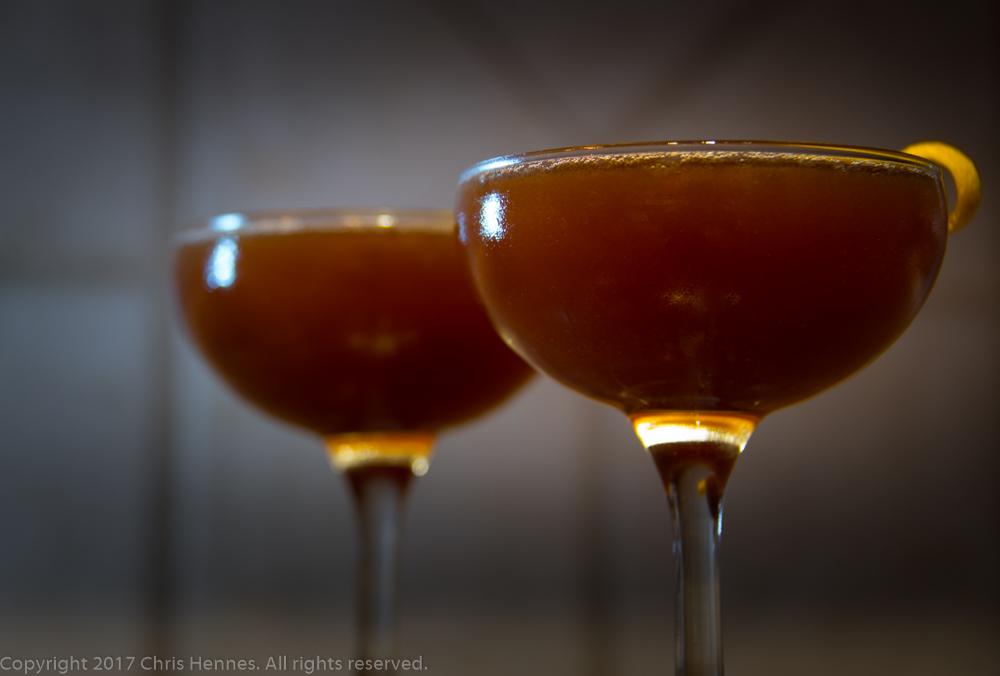-
Posts
10,190 -
Joined
-
Last visited
Content Type
Profiles
Forums
Store
Help Articles
Everything posted by Chris Hennes
-

Best 2 bits of kitchen gear you obtained in the last 2 years?
Chris Hennes replied to a topic in Kitchen Consumer
An interesting exercise, limiting to things bought in the last two years. I actually had to go and look at my Amazon.com order list to see if I had actually bought anything meaningful for my kitchen within that window. Actually, until last week, the only thing I'd bought for the kitchen was a new scale, replacing one I destroyed. And the stuff I bought last week (some bread-making supplies) can't really be judged yet! But I'm looking forward to hearing what others have picked up within those limits. -
We talked about it, but it doesn't really make sense until the book is actually out and people are baking the recipes.
-
Yes, there is a extensive discussion of various flatbreads, from many different countries. A huge portion of Volume 5 is devoted to them. I'm not sure what they used the homogeniser for -- maybe one of the puree or fluid gel inclusions they highlight? All told this is a pretty equipment-light book, at least compared to Modernist Cuisine. They've got a couple of wiz-bang recipes using a centrifuge, etc., but they are definitely not the focus.
-
No -- like you, I suspect, I am predominantly interested in bread-flavored bread (that is, I suppose, really grain-flavored bread). Fortunately for me, anyway, that describes the vast majority of this book. For each category of bread they provide a "master recipe", a "Modernist" variation, and maybe a "home" variation, a few ingredient variations, and a few other sorts of variations with purees, inclusions, etc. For reference, the cocoa powder in the chocolate cherry bread is only scaled at 8.82% of the flour weight. And obviously you can include as many or as few chocolate chips and cherries as you like (they scaled them at about 70% each). The recipe write-up describes it as only moderately sweet, and it sounds like it was a test-kitchen favorite. Having looked closer at it now I think I'll probably give it a shot after all, I suspect my coworkers will love it.
-
In the Times' defense, you could view the entire book as a treatise on how to develop your own breads, with whatever inclusions, flavorings, toppings, and fermentation methods you want. So that recipe is a sort of exemplar of what you come out with in the end: an ability to think up a flavor in your mind and turn it into bread. That said, it was not the first recipe I made from the book, either...
-
The text of the book doesn't have any indications of web content that I've noticed (maybe @Dave the Cook can correct me if that's not right). In the past the content of their website has basically been a blog that's been open to purchasers and non-purchasers alike. I'll see if someone from the MB team can confirm.
-
One of the cool things about the book is that although they sought definitive answers to all the questions they had about baking bread, they aren't afraid to admit when they couldn't achieve that. "Calling proof," it turns out, is one of those things that simply resisted quantification. It varies too much by exactly what bread you are baking, so they end up suggesting the old "poke it with your finger" test. I'm hoping they eventually post a video of exactly what a properly-proofed post-poke springback looks like. I wound up with a pair of under-proofed loaves this weekend -- they say you need to build up an experience base, so I am doing that, anyway!
-
There are going to be a lot of bread-based meals in my immediate future. Tonight was a "simple" charcuterie board, with homemade bread and charcuterie (coppa and finocchiona) :
-
We are working with the Modernist Bread team to identify a few different recipes that we can post here so everyone can get to baking ASAP.
- 171 replies
-
- 11
-

-
Yes, though the electronic proofs don't include it so I can't tell you anything about it except that it exists.
-
On Nov. 7, 2017, Modernist Bread will finally arrive on my doorstep. Having preordered it literally the first day it was available, to say I'm excited about this book is a bit of an understatement. The team at The Cooking Lab have been gracious enough to give @Dave the Cook and me early electronic access to the book and so I've spent the last week pouring over it. I'm just going to start with a few initial comments here (it's 2600 pages long, so a full review is going to take some time, and require a bunch of baking!). Dave and I would also be happy to answer any questions you've got. One of the main things I've noticed about this book is a change in tone from the original Modernist Cuisine. It comes across as less "everything you know is wrong" and more "eighty bazillion other bakers have contributed to this knowledge and here's our synthesis of it." I don't think it's an exaggeration to say that Myhrvold and company are now the most experienced bread-bakers in the world. Not necessarily in terms of the number of identical loaves they've produced, but in the shear number of different recipes and techniques they've tried and the care with which they've analyzed the results. These volumes are a distillation of 100,000 years of human breadmaking experience, topped off with a dose of the Modernist ethos of taking what we know to the next level. The recipes include weight, volume, and baker's percentages, and almost all of them can be made by both a home baker and someone baking in a commercial facility. The home baker might need to compromise on shape (e.g. you can't fit a full-length baguette in most home ovens) but the book provides clear instructions for both the amateur and professional. The recipes are almost entirely concentrated in volumes 4 and 5, with very few in the other volumes (in contrast to Modernist Cuisine, where there were many recipes scattered throughout). I can't wait for the physical volumes to arrive so that I can have multiple volumes open at once, the recipes cross-reference techniques taught earlier quite frequently.
- 171 replies
-
- 11
-

-
This seems like unnecessarily harsh "advice" for someone who is new to the industry and openly admits that she doesn't feel qualified for the position! I agree with @gfron1 that we'd need some more information to really help much, though, and with @chromedome's suggestion that these are the ultimate fundamentals for running a restaurant. There are a number of reputable online courses in Restaurant Management that might be helpful to you, though I don't know of any free ones. And of course, you have to be able to find the time to do it!
-
I've found that they keep for quite a long time in just a sealed glass or plastic bowl in the refrigerator. Weeks if not months. I've never measured the pH but I suspect it's quite low.
-
It's interesting to me that our lists for how we use the Searzall are basically identical, @flippant -- I sort of figured I was the only one foolish enough to use a gigantic propane torch for those things . I've got a few other fringe uses (I don't own a toaster or toaster oven, so some things normal people use those for I use the torch), but your list captures 95% of what I do with mine. I guess I also add that I use mine to toast the marshmallows and peanut butter in a peanut butter/marshmallow/banana sandwich.
-
In my experience, if you've got the hydration and temperature right your tortilla will puff under a very wide range of timings, including timings that I don't think give a very good end result.
-
I assume by "masa" you mean "masa harina"? I typically find that the puffing is most useful as an indicator that you've got everything right, I don't know that it is itself a critical factor. The puffing happens when you've got the hydration and griddle temperature right for the thickness of the tortilla you are making.
-
As we've discussed (as I re-read this topic I see we've even talked about it here in the past), "fast food" is a pretty nebulous concept these days. My internal thought process is that you've really got two fundamentally different styles of burger place: those where you can specify how you'd like it cooked and those where you can't. I'm not trying to compare Freddy's to Owen and Engine -- both terrific burgers, but so fundamentally different that I don't really consider them the same food.
-
A place with a view and good food would be novel indeed. From their menu it looks like they've got two different burgers. Which one did you order? Is this a place that cooks them to order, or are they just well-done?
-
I'm not sure it's reasonable to call a chain that takes reservations "fast food."
-
-
Choke Artist (Art of the Bar, or on KC) It's like a competition about which spirit has the most funk, the Cynar, the Tequila, or the Sherry.
-
-
Rosebud (from The Art of the Bar) Essentially a tequila Manhattan with a rosewater rinse. Drinkable, but not adding this one to my rotation.
-
Mississippi Mule It was interesting to me to read @eje's comments about this drink when he made it. I used the proportions from The Art of the Bar, which contain significantly more creme de cassis and lemon juice than the Savoy version (the Art version is 2:1:1 gin:lemon juice:cassis). I enjoyed the drink overall. Not terribly complex, but a nice sour.
-


